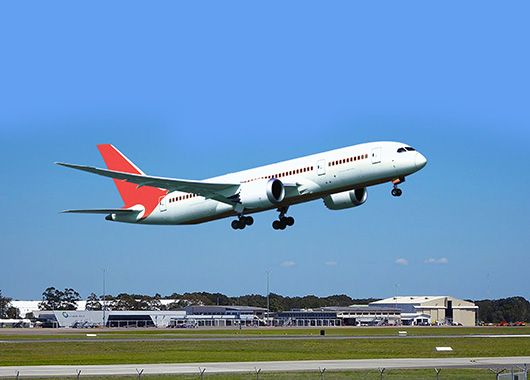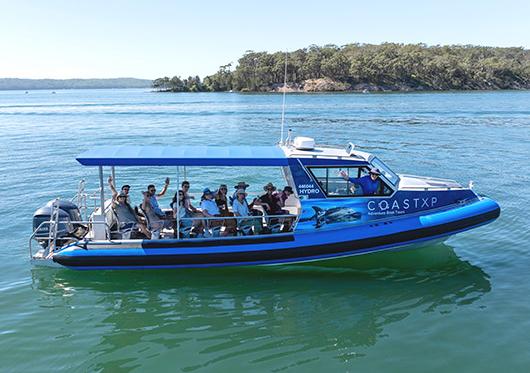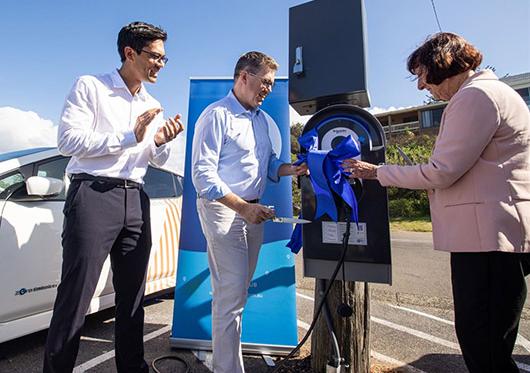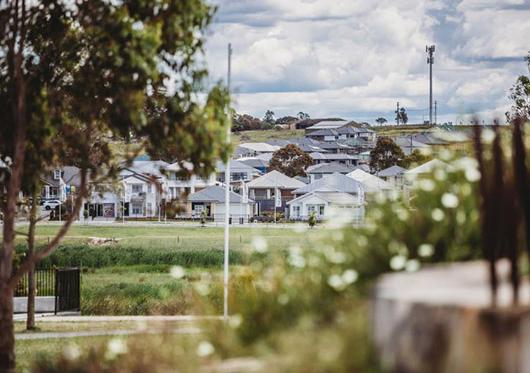Regional airports key to unlocking international freight and connectivity in the Hunter

The ten councils of the region, through the Hunter Joint Organisation, and the Newcastle Airport have released the Hunter Airports’ Strategy, a visionary project aimed at improving regional connectivity and economic prosperity. The Strategy serves as an important evidence-base to advocate for further investment into the region. The key outcome of the Strategy identified the need for a cargo terminal to unlock international air freight opportunities at Newcastle Airport.
Funded by the NSW Government, this strategic initiative aligns with the region’s Hunter Global vision to be a globally connected and economically thriving city-region, serving as an international gateway while providing its communities with a vibrant and unique lifestyle.
While focusing on the crucial role played by the five regional airports in the Hunter in facilitating general aviation and essential services, the Strategy also highlights the significance of international connectivity with the redevelopment of Newcastle Airport. A prioritised action plan has been crafted, aiming to unlock opportunities for new investments, business diversification, and local job creation.
The Strategy places the construction of a cargo terminal at Newcastle Airport as the highest priority investment to harness the value and opportunities in international air freight for the region. Following the Strategy, a Business Case has been developed for the cargo terminal outlining the investment of $27m required and subsequent economic stimulus that could be realised for the region with its development. The Business Case provides the foundation for the Newcastle Airport with the support of Hunter JO to seek funding to realise this opportunity.
Hunter JO Board Member Cr John Connors, Mayor of Dungog Shire Council, recognises the importance of the Hunter Airports’ Strategy to attract necessary growth and infrastructure to our region.
“Without the essential infrastructure of an air cargo terminal, international cargo cannot be loaded onto airplanes in our region. Enabling the movement of international goods into and out of our region unlocks unprecedented economic opportunities,” he said.
“We have great products that the region already exports internationally, but they are currently transported via Sydney, Melbourne or Brisbane to reach international markets. Being able to export our products through our airport will bring valuable and necessary growth and investment to the Hunter.”
Recognising the challenges faced by the regional airports in terms of commercial sustainability and encroachment, the Strategy outlines supportive activities, including measures to protect and support this essential infrastructure for the benefit of the region’s future.
To strengthen economic development activities and enhance regional influencing power, the Strategy proposes further activities focused on addressing these challenges and the role that the region can play in leveraging the proposed opportunities at Newcastle Airport.
Peter Cock, CEO Newcastle Airport, says “it’s exciting to be part of this project, especially because it aligns so closely with our purpose of being the airport the region deserves.”
“It will support the many fine local producers accessing overseas markets, the local SMEs who need to import components to continue their innovation and progression and support passenger air services. Together, the freight and visitor economy will generate over 4,400 jobs and $12.7B in regional economic activity,” he says.
"This is a truly catalytic development for the region (for a region in transition)."
Head to www.hunterjo.com.au/projects/hunter-airports-strategy to access the Hunter Airports’ Strategy and delve deeper into the details and opportunities for the region. This strategic initiative marks a significant step forward in the region’s development, emphasising its commitment to global connectivity, economic growth, and community wellbeing.
Other Articles from this issue
New Ecotourism Experience in Lake Macquarie - CoastXP Launches Second Boat
Local ecotourism business CoastXP is thrilled to introduce their new vessel, Hydro, as an exciting expansion to their fl...


EV streetside charging turbo charged across Lake Macquarie
EV streetside charging turbo charged across Lake Macquarie


WELCOME TO THE FASTEST GROWING REGIONAL CITY IN NSW
Maitland continues to undergo rapid growth and significant investment, with recent figures from the 2022/23 financial ye...


Shell Backs MGA Thermal Demonstration Plant
MGA Thermal is thrilled to announce they have been awarded funding by global energy provider Shell.




